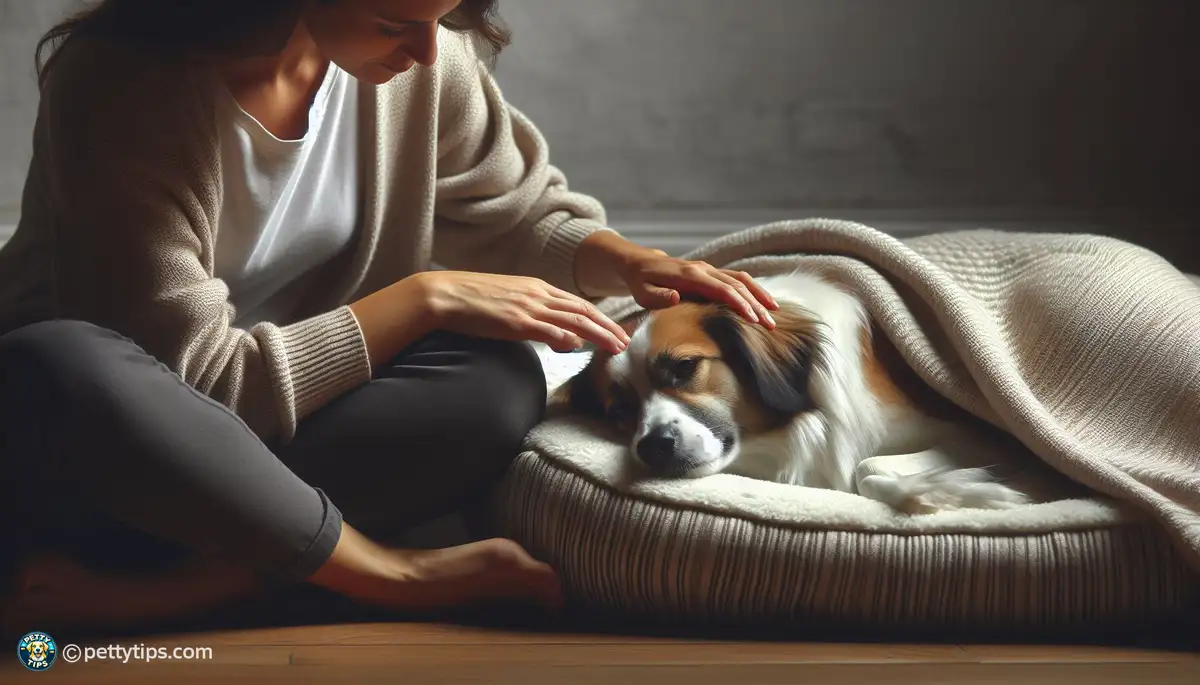
The Vital Role of Regular Vet Check-ups for Your Pets Well-being
Isabella Boudreault - Aug 29, 2024 - 7 min read


separation anxiety is a common issue among dogs, characterized by excessive distress when left alone. Dogs suffering from separation anxiety may exhibit various behaviors such as barking, whining, destructive chewing, and even attempting to escape. This condition can be distressing for both the dog and the owner, but understanding its root causes is the first step in addressing it.
There isn't always a single cause for separation anxiety in dogs. It can stem from various factors including a sudden change in routine, past traumatic experiences, or even genetics. Dogs that have been rehomed multiple times or those that have spent time in shelters are more prone to developing separation anxiety.
Recognizing the signs of separation anxiety is crucial for pet owners. Some common behavioral signs include pacing, excessive drooling, urination or defecation indoors, and destructive behavior aimed at doors or windows. Understanding these signs can help you intervene early and seek appropriate help for your furry friend.
In addition to behavioral signs, dogs with separation anxiety may also exhibit physical symptoms such as rapid breathing, trembling, and increased heart rate. These physical manifestations often accompany the emotional distress experienced by the dog when left alone.
Creating a consistent daily routine can provide a sense of security for dogs with separation anxiety. Stick to regular feeding times, walks, and play sessions to help your pup feel more at ease in their environment.
Practice leaving your dog alone for short periods and gradually increase the duration over time. This helps desensitize them to your absence and teaches them that you will always return. When you come back, greet them calmly to avoid reinforcing any overly excited behavior.
Keeping your dog mentally stimulated can help alleviate anxiety when left alone. Provide interactive toys, puzzle feeders, or even consider enrolling them in obedience classes or agility training to keep their minds engaged and occupied.
regular exercise is essential for all dogs, but it's especially beneficial for those with separation anxiety. A tired dog is less likely to exhibit anxious behaviors, so make sure your pup gets plenty of physical activity through daily walks, playtime, or runs in the park.
Designate a specific area in your home where your dog feels safe and secure. This could be a cozy corner with their bed, toys, and blankets. Avoid leaving them in areas with high traffic or loud noises, as this can exacerbate their anxiety.
Consider playing soothing music or using pheromone diffusers to create a calming atmosphere for your dog when you're not around. Certain types of music, such as classical or reggae, have been shown to have a calming effect on dogs and can help reduce stress levels.
If your dog's separation anxiety persists despite your efforts, it may be time to seek professional help. A veterinarian can rule out any underlying medical conditions that could be contributing to the anxiety and may prescribe medication or recommend behavioral therapy.
A certified dog trainer specializing in separation anxiety can provide guidance and support tailored to your dog's specific needs. They can help you develop a customized behavior modification plan and teach you techniques to help your dog overcome their anxiety.
Addressing separation anxiety in dogs can be a challenging and time-consuming process, so it's essential to be patient. Every dog is unique, and what works for one may not work for another. Stay consistent with your efforts and celebrate small victories along the way.
It's easy to feel discouraged when progress is slow, but don't give up on your furry friend. With time, patience, and persistence, most dogs can learn to manage their separation anxiety and lead happier, more fulfilling lives.
Separation anxiety is a common issue faced by many dog owners, but it's not insurmountable. By understanding the root causes, recognizing the signs, and implementing a combination of behavioral modification techniques, you can help your pup overcome their anxiety and thrive. Remember to be patient, seek professional help when needed, and most importantly, show your furry friend plenty of love and support along the way. With your dedication and care, your dog can learn to feel safe and secure even when you're not by their side.

Isabella Boudreault - Aug 29, 2024 - 7 min read

Sandra Vega - Oct 09, 2024 - 7 min read

Lila McFall - Oct 06, 2024 - 6 min read